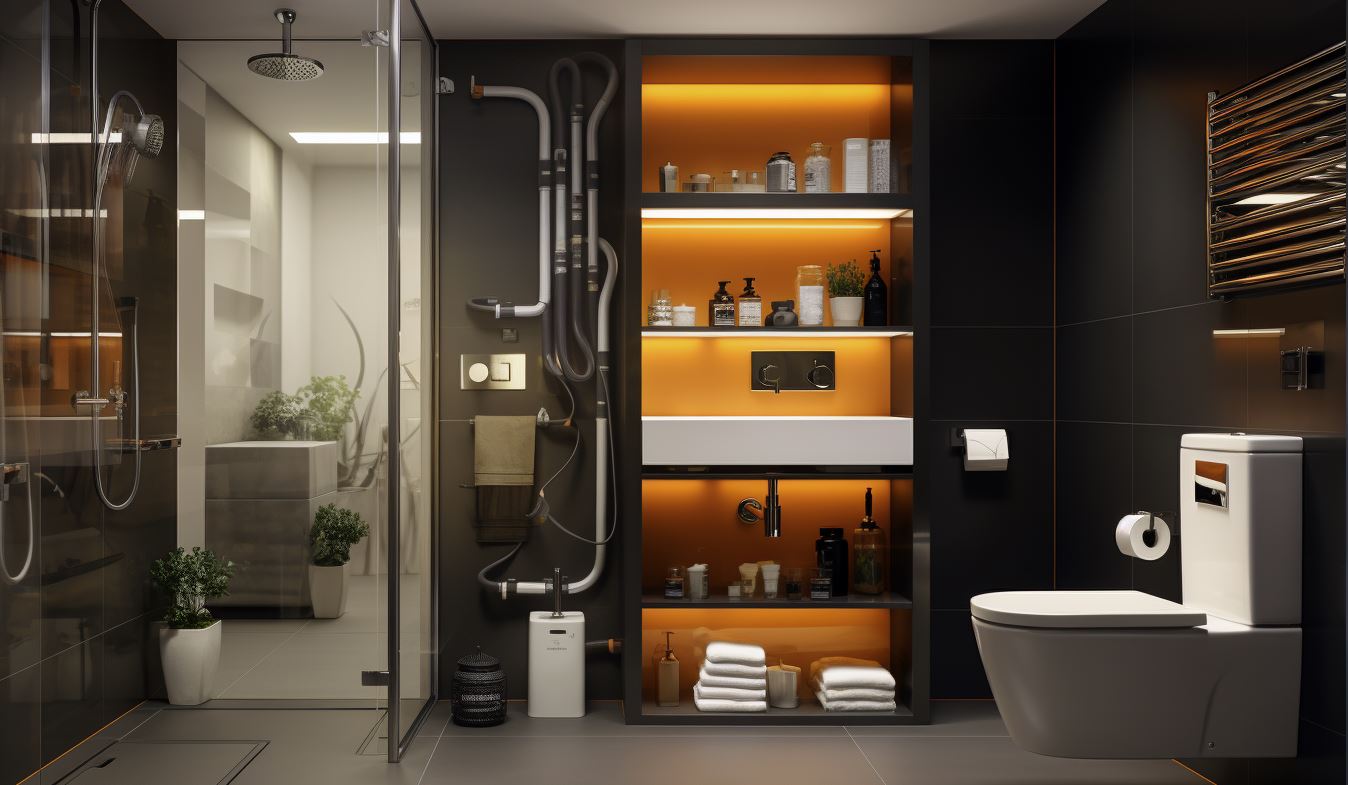HOW TO USE NON-POTABLE WATER TO FLUSH THE TOILET

For a long time I have been thinking about solutions that allow the water from showers to be reused to fill toilet cisterns, avoiding using potable water, because it bothers me to see that drinking water is used when flushing the toilet and is lost.
Surely there are other solutions, but no matter how much I look, I see that in new buildings there is still generally no system that thinks about this issue.
I leave you here everything that I have already investigated on the matter, to centralize the information in the hope that there is some law that forces construction companies to get serious about the matter.
What is needed

Reusing shower water to fill toilet cisterns is a sustainable practice known as “grey water” use. Gray water is domestic wastewater from showers, sinks and washing machines, which, although not suitable for consumption, can be perfectly used for other purposes such as garden irrigation or toilet cisterns.
To implement a gray water reuse system at home, several technical and safety aspects must be considered:
- System Separation: It is crucial to have a separate piping system for gray water. This involves installing additional pipes that carry shower water directly to the toilet cistern.
- Water Treatment: Although shower water is relatively clean, it may contain soaps, hair and other impurities. Therefore, a basic filtration system is needed to remove this waste before the water enters the toilet cistern.
- Storage and Pumping: Depending on the layout of the home, it may be necessary to temporarily store water in a tank and use a pump to ensure its flow to the toilet cistern.< /span>
- Odor and Bacteria Control: It is important to consider treatment to control odors and bacterial growth in stored water. This could include the use of activated carbon filters or UV treatment systems.
- Regulatory Compliance: Before installing a gray water system, it is essential to check local regulations and building codes. In some regions, gray water use is strictly regulated.
As you can see, although implementing a gray water reuse system for toilets is not only beneficial for the environment by reducing drinking water consumption, but can also offer savings on your water bill in the long term, unfortunately it requires a initial investment and a commitment to proper maintenance and operation of the system (something that would not be necessary if the new construction already came with this system).
Existing solutions

Reusing gray water to fill toilet cisterns is a sustainable solution that has gained popularity in both homes and commercial buildings, although not as much as it should.
There are several systems on the market that facilitate this practice:
- Sloan AQUA System: This system focuses on a box that sits inside the sink cabinet and can hold up to 5.5 gallons of recycled sink water. A small pump, activated by a water level sensor in the toilet, makes the process easier.
- Aqua2Use, GreyFlow G-Flow and Gray-It Systems: These systems include filters that require manual cleaning. For example, Aqua2Use uses a series of filters in a plastic box with a low-powered pump. GreyFlow G-Flow and Gray-It, on the other hand, are designed to send filtered gray water to drip irrigation systems or for other non-potable uses.
- Self-Cleaning Filter Systems: Some more sophisticated systems, such as IrriGRAY and Gray Flow PS Plug-N-Play, use a self-cleaning mechanism for the filters, which reduces the need for maintenance. These systems are usually more expensive but offer greater comfort and efficiency.
- AQUALOOP and Greyter Home Systems: AQUALOOP, distributed in the US by Ecovie, uses a membrane bioreactor technology that does not require additional disinfectants. Greyter Home uses multiple filters and chlorine disinfection to treat water for toilet use.
Kohler conducted a study on residential graywater systems and their impact on toilets over time, finding that the lowest cost systems ($3,000 to $5,000) have maintenance issues, while the most efficient systems can cost between $8,000 and $9,000, as is usually logical.
As you can see, it is not a simple issue, although technology is helping to make implementing systems simpler and more effective.

.jpg)

Comments
Post a Comment